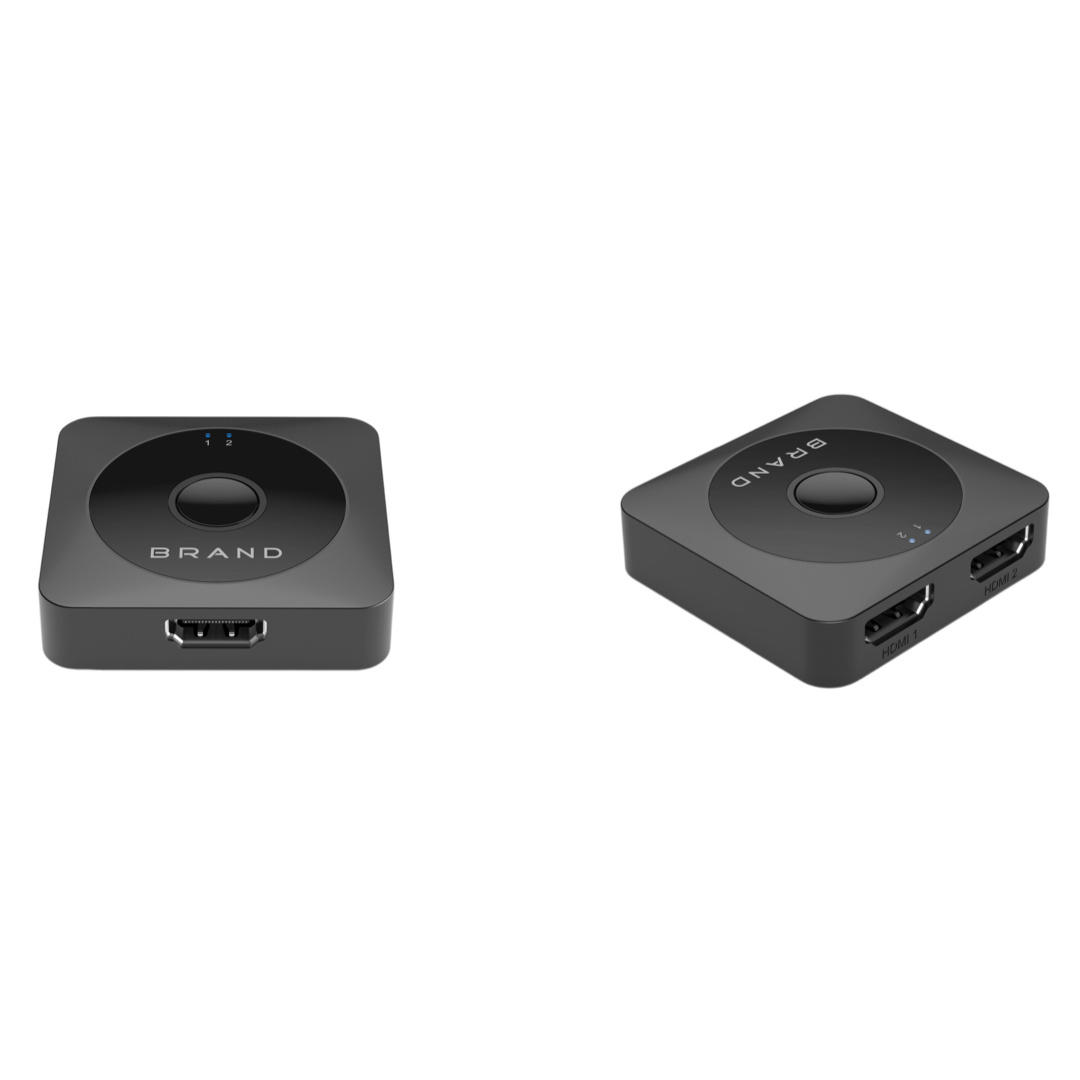Audio Adapter FAQs: Common Problems and Solutions

Are you experiencing issues with your audio adapter connection? Don't worry! In this guide, we will discuss common audio adapter problems and provide solutions to help you overcome any audio connection difficulties you may be facing.
1. No Sound Output
If you're unable to hear any sound through your audio adapter, try the following solutions:
Check the connections: Ensure that the audio adapter is properly connected to both your audio source and output device. Verify that all cables are securely attached.
Adjust volume settings: Make sure that the volume is turned up on both your audio source (e.g., computer, smartphone) and the device you are trying to output the sound (e.g., headphones, speakers). Also, check if the audio adapter has its own volume control and adjust it accordingly.
Update drivers: Sometimes outdated or incompatible drivers can cause sound issues. Visit the manufacturer's website and download the latest drivers for your audio adapter model.
2. Poor Sound Quality or Distortion
If you're experiencing poor sound quality or distortion when using your audio adapter, try the following solutions:
Check audio source settings: Ensure that the audio settings on your source device are correctly configured. Adjust the equalizer settings or audio enhancements to improve the sound quality. Restart the source device if necessary.
Swap cables and devices: Faulty audio cables or problematic source/output devices can affect the sound quality. Try using different cables or connecting the audio adapter to an alternative device to identify the source of the problem.
Update firmware: Check if the manufacturer provides firmware updates for your audio adapter. Upgrading the firmware can resolve compatibility issues and improve sound performance.
3. Compatibility Issues
If your audio adapter is not compatible with your devices, try the following solutions:
Check system requirements: Ensure that your audio adapter meets the system requirements of the devices you are trying to connect it with. Check the manufacturer's specifications to confirm compatibility.
Use alternative adapters: If your audio adapter is not compatible with a specific device, consider using alternative adapter options such as Bluetooth adapters or USB sound cards that support the necessary connections.
Contact manufacturer support: If all else fails, reach out to the audio adapter manufacturer's support team for personalized assistance. They may provide additional guidance or recommend specific troubleshooting steps tailored to your device.
Remember that these are general solutions, and specific troubleshooting steps may vary depending on your audio adapter model and device. Always refer to the user manual or contact the manufacturer for detailed instructions.
Conclusion
Audio connection problems can be frustrating, but with the solutions mentioned above, you should be able to resolve most issues. Remember to check connections, adjust settings, update drivers/firmware, and ensure compatibility to achieve optimal audio performance. If the problem persists, don't hesitate to seek assistance from the manufacturer. Enjoy your improved audio experience!



